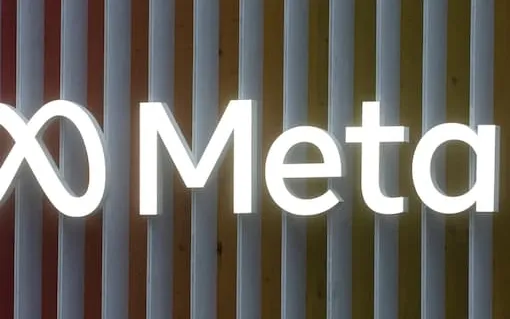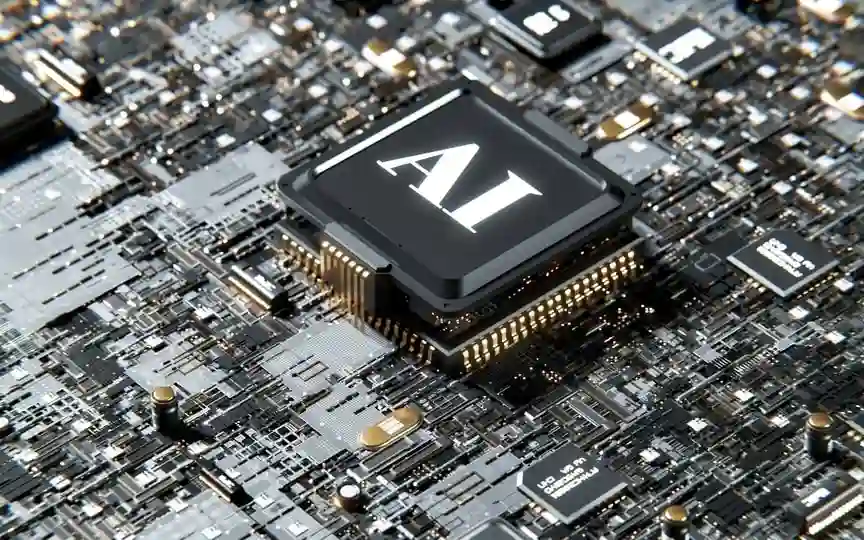Meta Launches AI Model for Generating Human-Like Images
On Tuesday, Meta Platforms announced that it will grant researchers access to certain elements of its latest artificial intelligence model, which it claims has a more precise ability to analyze and finish incomplete images than current models, and is designed to be more human-like.
The model, I-JEPA, uses background information about the world to fill in missing images, rather than just looking at nearby pixels like other generative AI models, the company said.
This approach incorporates the human-like reasoning advocated by Yann LeCun, Meta’s lead AI researcher, and helps the technology avoid common mistakes in AI-generated images, such as hands with extra fingers, it said.
Meta, which owns Facebook and Instagram, is a prolific publisher of open source AI research through its own research lab. CEO Mark Zuckerberg has said that sharing models developed by Meta’s researchers can help the company by driving innovation, spotting security holes and reducing costs.
“It’s much better for us if the industry standardizes the basic tools we use and therefore we can benefit from improvements made by others,” he told investors in April.
Company executives have dismissed warnings from other industry players about the technology’s potential dangers, refusing to sign a statement last month backed by top executives from OpenAI, DeepMind, Microsoft and Google that equated its risks to pandemics and wars.
Considered one of the “Godfathers of AI,” Lecun has railed against “AI doomerism” and advocated security checks on AI systems.
Meta has also begun incorporating generative AI features into its consumer products, such as advertising tools that can create photo backgrounds and an Instagram product that can edit users’ photos based on text prompts.




